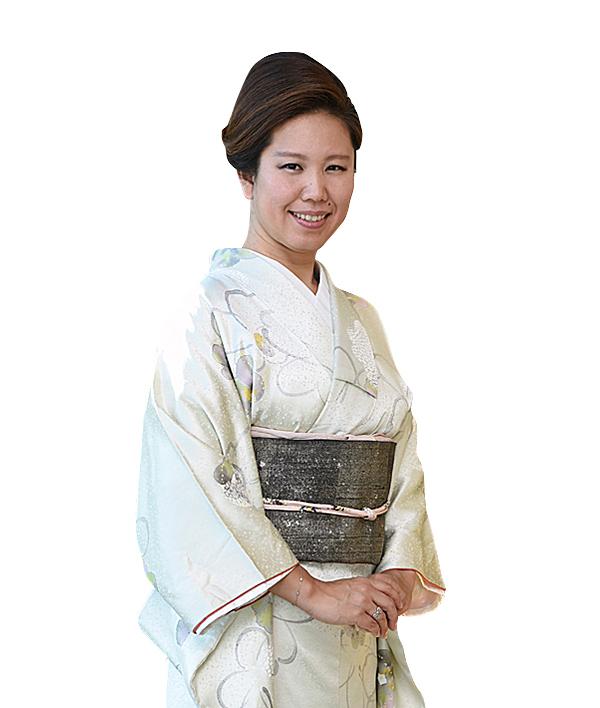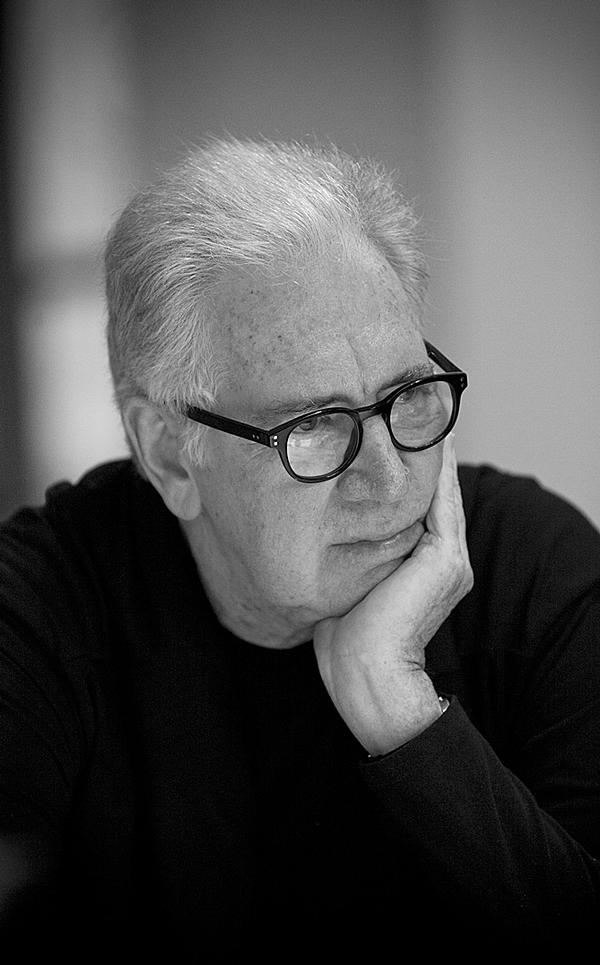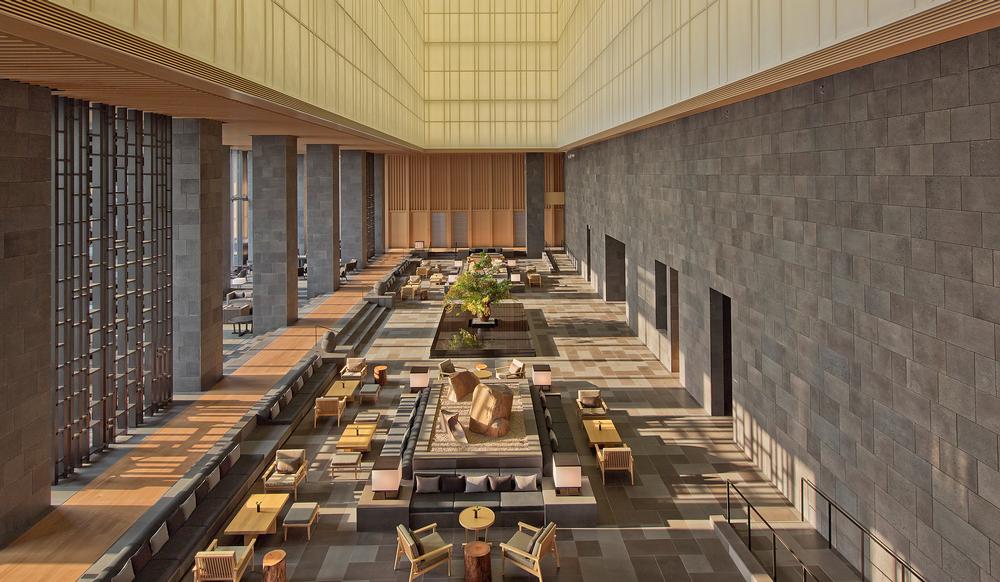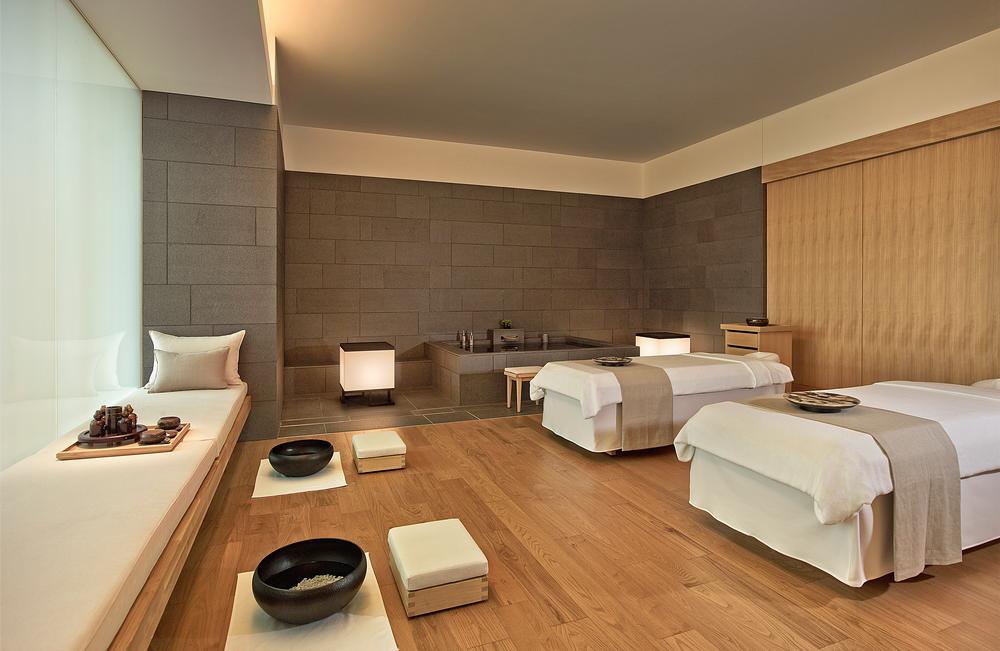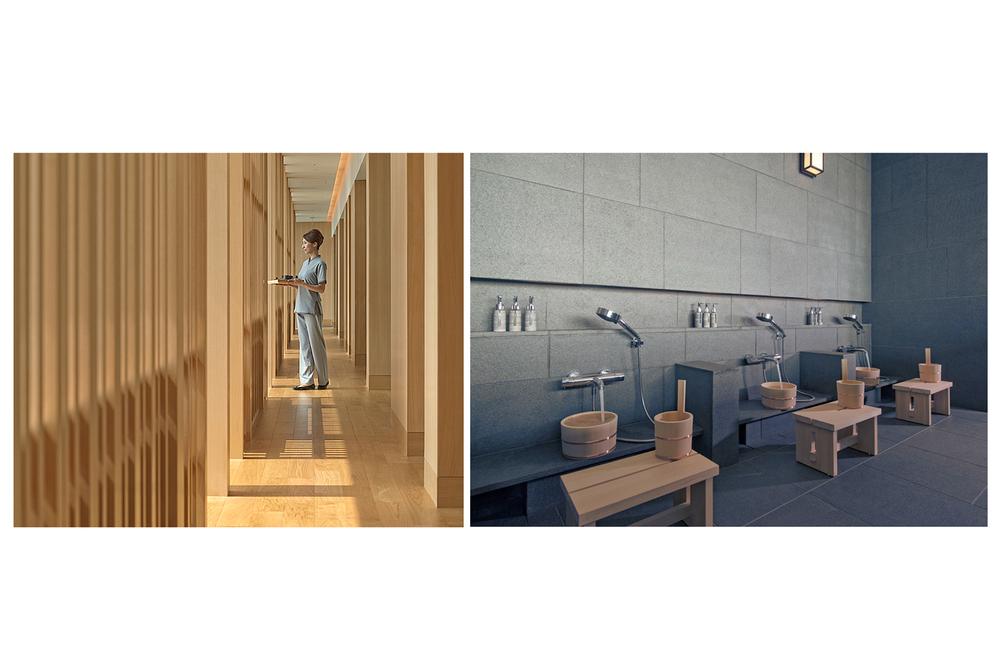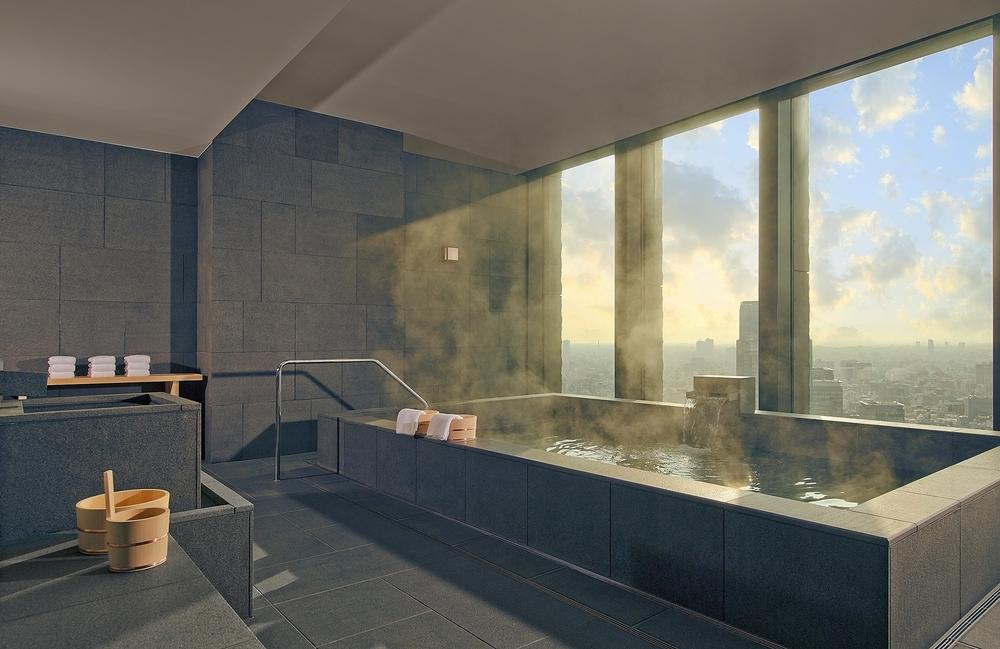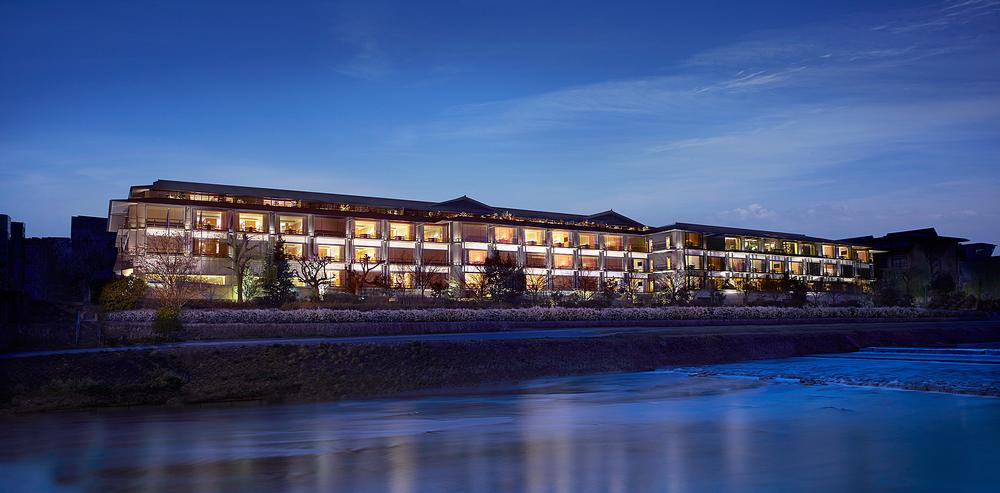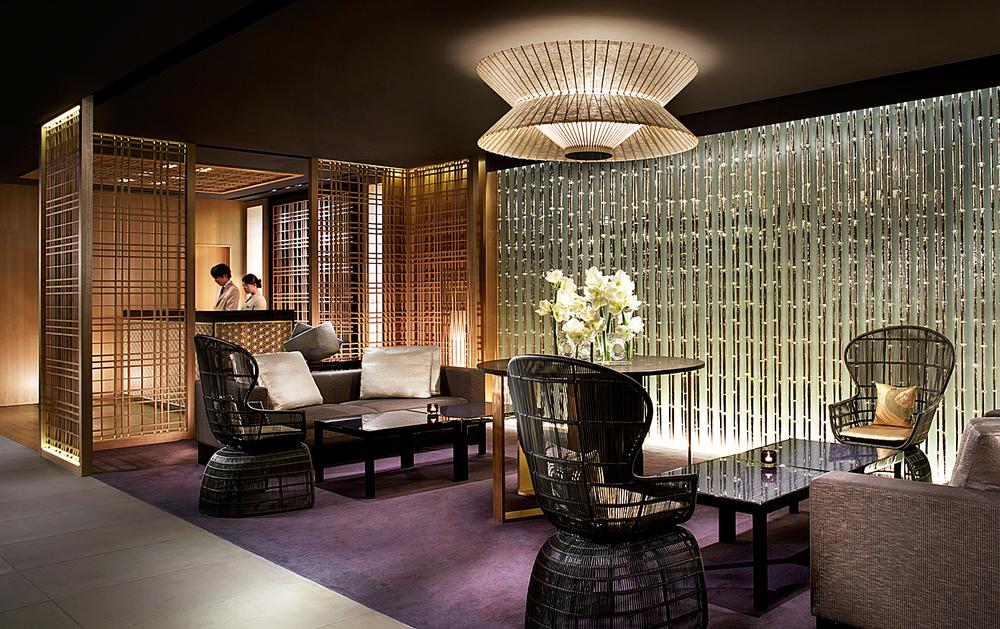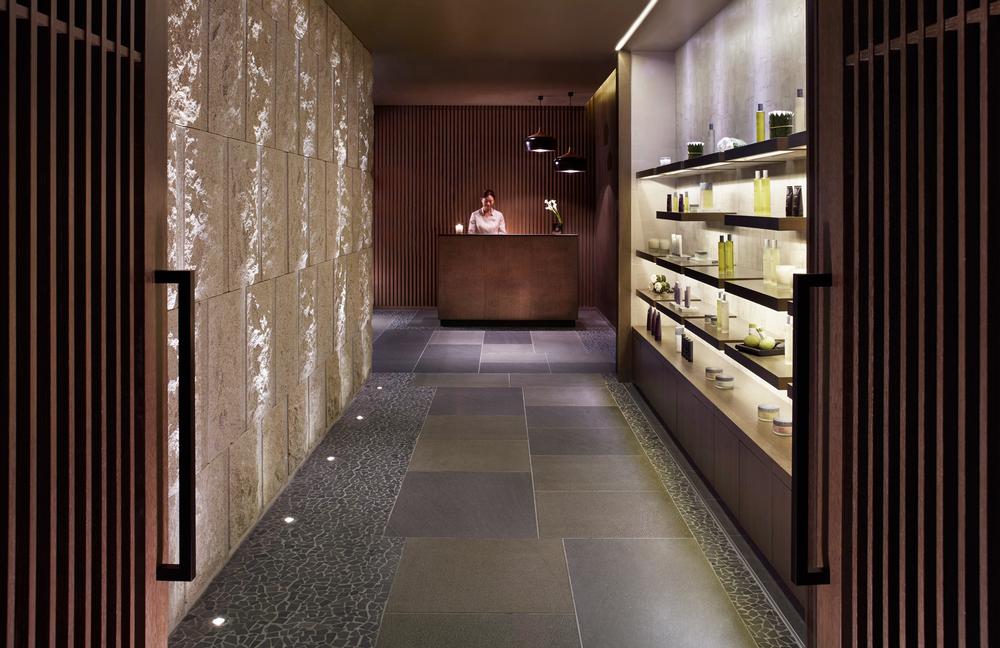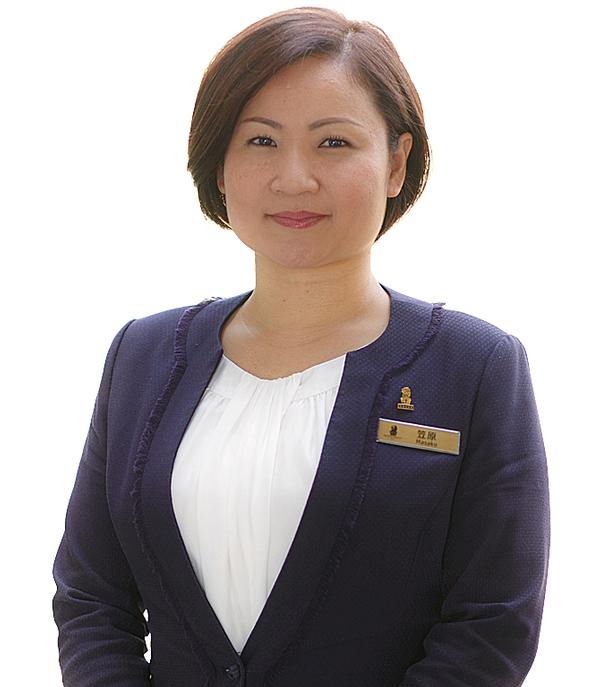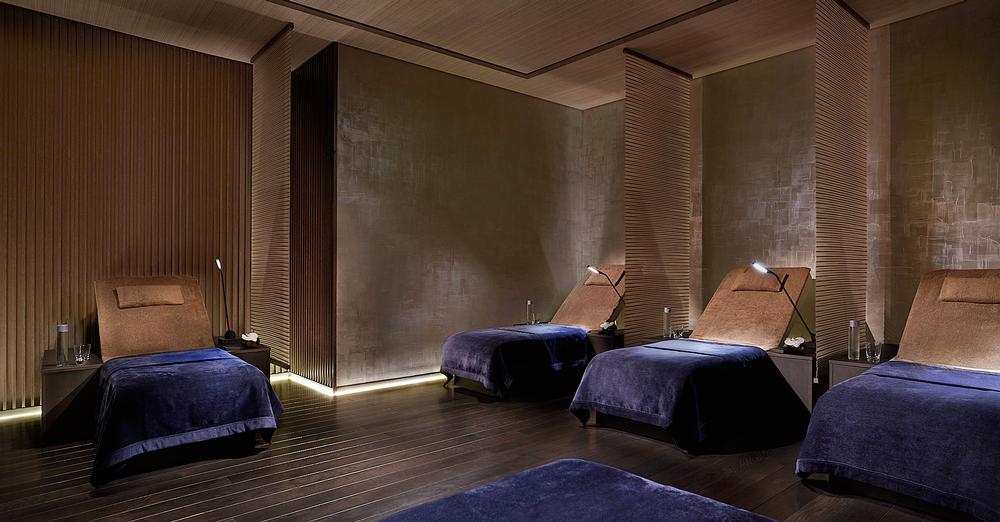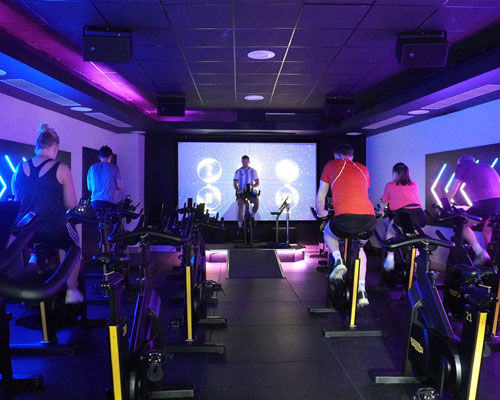features
Sense of arrival
Making travel news worldwide, Ritz-Carlton and Aman have each introduced standout urban resorts with a spa to Japan’s hospitality scene. Neena Dhillon pays them a visit, speaking to the designers and directors involved in their development
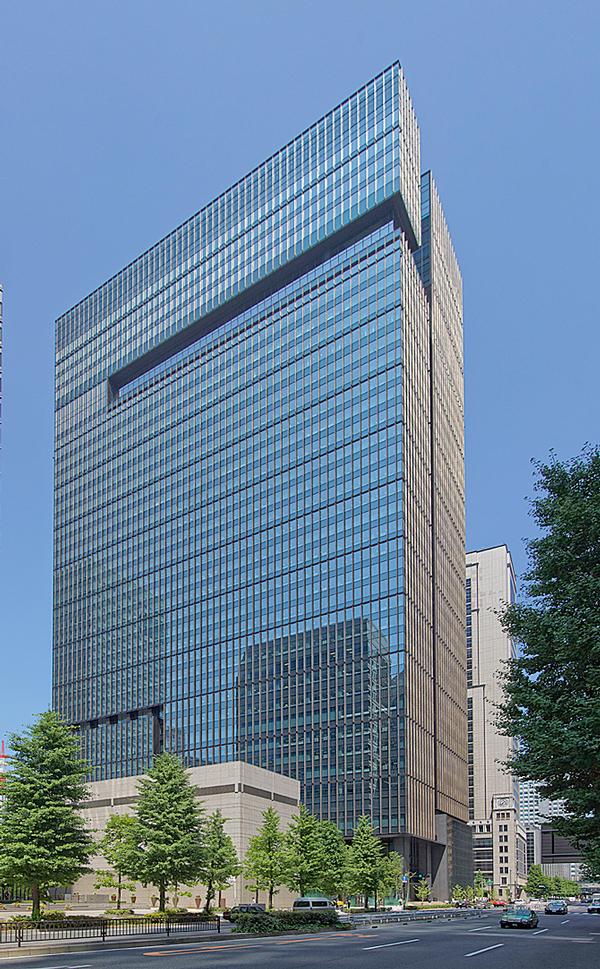
Anticipation reached fever pitch in Japan last year as two urban resorts opened their doors, raising the bar for luxury hospitality in the country’s premier tourist destinations.
In October, a new 84-bed hotel occupying the top six floors of the 38-storey Otemachi Tower in Tokyo signalled the arrival of Amanresorts in the country. A brand associated with scenic natural locations, Aman’s first city hotel constructed as part of an existing building does not compromise on its spa offering despite the urban setting, incorporating a 2,500sq m (26,910sq ft) wellbeing facility.
Ten months before, Ritz-Carlton unveiled its fourth Japanese property, a new build in Kyoto infused with an extraordinary sense of place. Drawing on arts, craftsmanship and detailing to convey the venerable city’s character, the 134-bed, low-rise resort features a sensual basement spa.
So how do the designers and directors of the spas think the two measure up?
AMAN TOKYO
Although the sixth Aman to be designed by Singapore-based Kerry Hill Architects, Aman Tokyo called for a very distinctive treatment. “Commencing eight or nine years ago, we were engaged to carry out the project’s space planning and interior design,” confirms award-winning director Kerry Hill, an architect with a 40-year-plus track record. “Together, with the vision of [Aman founder] Adrian Zecha, and my long-held respect for Japanese culture, we approached the design in a way that refers to that culture. But since a big hotel at the top of a high-rise is not the traditional Japanese place to start, the project needed to be part of the modern, global world. So perhaps the design is in the details, our interpretation of Japanese materials and textures and the sense of quietness.”
Conceived as an urban sanctuary, Aman Tokyo references vernacular buildings in Japan through a limited palette of materials translated in a contemporary manner. Landscaping at the tower’s entrance and an inner garden in the lobby, structured around Japanese rock sculptures and a seasonal ikebana display, reveal a reverence for nature. Above the ikebana, the hotel’s centrepiece is a 27m-high soaring ceiling feature created with layers of textured washi paper, which appears as a large lantern showcased by natural and ambient lighting. This interplay of light and shadow is fundamental to the hotel’s design, as is the Japanese concept of engawa. In traditional homes, engawa refers to the intermediate space between the garden and living areas in which families gather informally to socialise. Usually a wooden passageway, it has been embraced from the hotel’s lobby through to guestrooms and over to the spa, where a timber-washed corridor welcomes guests post-treatment to look out over Tokyo, sip tea and chat through lifestyle advice with their therapist.
Harmonious transitions
Since fluidity is another key principle, materials such as basalt, granite, ash and chestnut flow through the hotel’s spaces including the spa reception. Here Aman Tokyo’s sense of space is celebrated with a homely, open-plan layout and views to the city beyond. Greg Payne, Amanresorts group spa director, collaborated closely with Kerry Hill through the spa’s development and notes that the hotel’s overall aesthetic suits a wellbeing environment: “The use of wood and filtered light lends warmth and softness while the tactile stone surfaces provide a contrast, letting us play with lighting to achieve a sensory ambience.”
Arranged across two floors, Aman Spa comprises a reception, yoga studio, pilates studio, plus eight treatment suites each featuring a dressing room, shower and bathroom, on the upper level. The serene indoor pool on the floor below is positioned to capture the winter sunlight and is complemented by a Japanese bath, steamrooms, changing rooms and fitness centre. In plotting the layout, one of the first things to be located was the entrance and back-of-house to ensure there was no movement of staff and linens across guest areas. “During the design process, we actually removed some of the planned facilities so that we could get a better sense of flow,” reveals Payne.
Grey volcanic basalt lines the spa’s walls, chosen by Hill for its calming effect. While a tougher yet tactile granite paves wet areas, its unpolished finish leaving guests less susceptible to slipping. In the treatment rooms, chestnut flooring brings comfort to bare feet and for this tactile consideration, Payne says the challenges of dealing with oil stains on wood is worth it. Also, foot rituals pre- and post-treatment remove excess oil from the feet.
Evocative experiences
While there’s clear functionality, the selection of materials also add a unique Japanese feel says spa manager Yuki Kiyono. In the spa reception, an ancient camphor tree has been carved into a table and is symbolic of temple gardens. Japanese camphor is known for its calming and focusing effect; traditionally the wood was carved into knives used for samurai tea ceremonies. “This bridge to the Zen world is very evocative for our Japanese guests, who identify with the aroma,” says Kiyono, adding that signature treatments harness the power of indigenous, seasonal healing herbs (or kampo) such as pine, Japanese citrus, yuzu oil and ginger. “Our international travellers are interested in the Japanese way of life – perceived as long and healthy – so these seasonal and traditional elements engage all our guests equally.”
Aroma again plays its part in the provision of sweet-smelling cypress buckets for the shower stations and hot bath, a feature that harks back to the tradition of onsen. Kiyono notes that this naturally creates social interaction too as Japanese guests show overseas counterparts how to tie a yukata and how to scrub themselves at the shower stations before relaxing in the hot water.
Organic touches
Kiyono says there’s nothing about the spa she would change, explaining that she worked for a year in conjunction with Kerry Hill Architects on selecting accessories and art to harmonise with the concept. There are no bright colours and technology is hidden innovatively; a music speaker, for example, is disguised as a wooden sculpture. Artwork is organic and sensitive to the natural theme – esteemed artist Shuhei Hasado installed his piece Winter Flowers as part of the spa entrance, forming a hotel triptych devised from his unique plastering technique.
Aman Spa’s light-drenched facilities and spacious layout support Kiyono’s team in delivering integrative treatments and movement therapies that contribute to their guests’ sense of wellness. “So many city spas in Tokyo lack natural light, but our design benefits the positive energy of both guests and staff,” she says. “Guests also feel they have had an authentic insight into the Japanese lifestyle.”
THE RITZ-CARLTON, KYOTO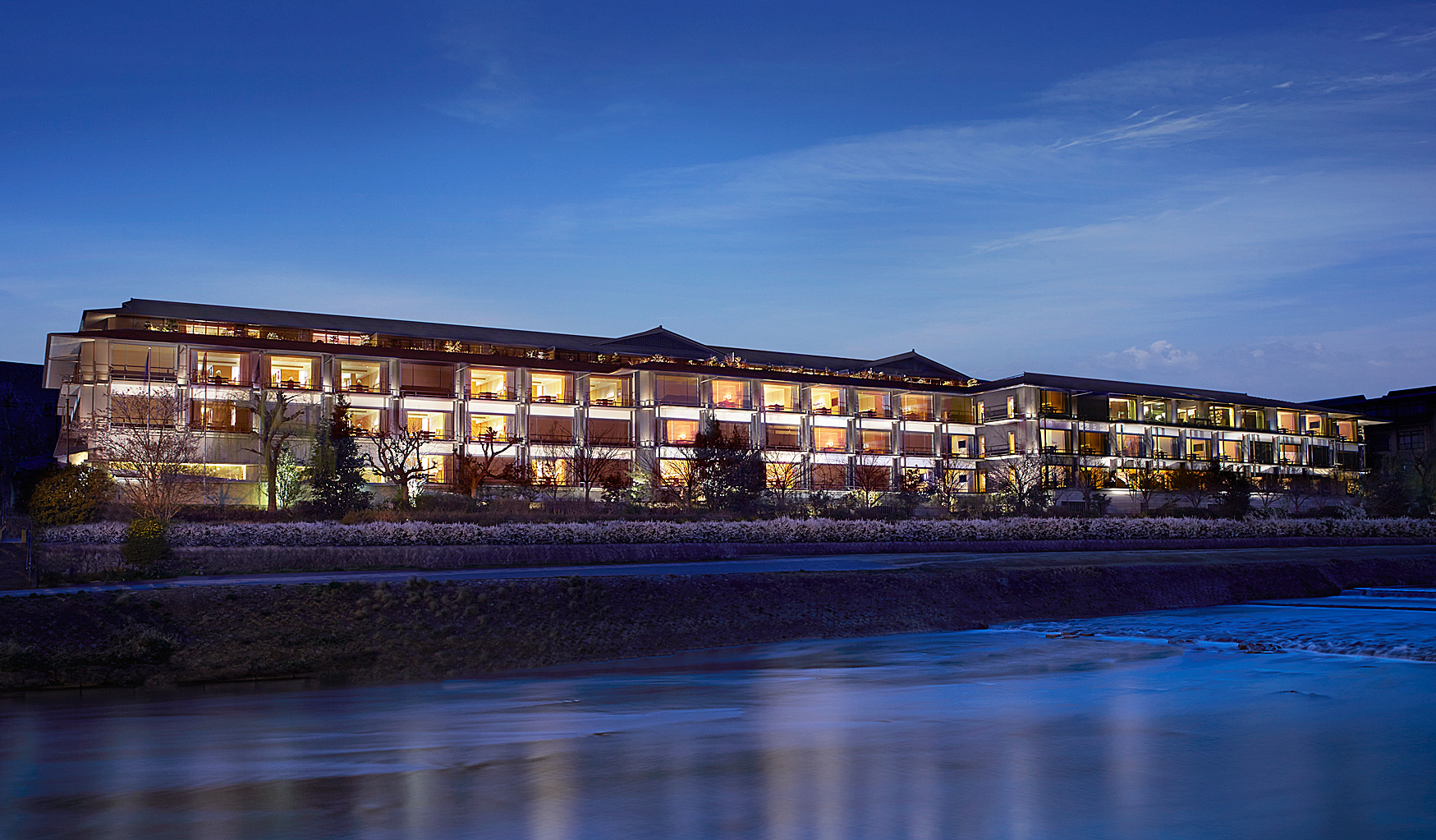
Home to 17 World Heritage sites and acknowledged as Japan’s cultural centre, Kyoto was an historical home to aristocrats and nobles who resided on the banks of the Kamogawa River, developing customs and crafts that remain cornerstones of national identity today. For this reason, the city’s authorities guard against overdevelopment through stringent planning regulations. Against this backdrop, The Ritz-Carlton and property developer Sekisui House were granted permission to open Kyoto’s first internationally branded, luxury urban resort, on a site facing the Higashiyama mountain range. But for Remedios Studio, charged with designing the interiors (excluding restaurants), the location presented two big challenges. “Firstly, Kyoto has a height moratorium, which keeps ceiling heights restricted,” says principal and managing director Peter Remedios. “While I’ve always loved Japanese culture, there was also the question of whether a foreigner could understand the concept of miyabi (delicate refinement) that defines this destination.”
Of The Ritz-Carlton, Kyoto’s seven storeys, two have been constructed below the river’s levee, in effect opening up space by designing downwards. Turning to traditional machiya townhouses as inspiration, the building’s architectural structure incorporates outer and inner landscaping that draw nature down to the two basement levels. Remedios, who has over 20 years’ experience in hospitality design with offices in Hong Kong and California, has turned the architectural realities to his advantage in more ways than one. “With my team, which includes Japanese-born designers, we spent three years re-educating ourselves about Japanese culture by researching this city’s essence,” he recalls. “There’s a theatricality to Kyoto, a moodiness and mystery that pervades the streets and begs you to explore its spaces. So we’ve taken that mystique and conceived a modern hotel that is much darker than you would expect, where spaces don’t reveal themselves in their entirety until you turn a corner or open a door.”
Making an entrance
A passageway, designed to make visitors feel as though they’re entering a local home’s courtyard, leads directly from guestroom elevators to The Ritz-Carlton Spa, on the lower basement level. Since the same floor is home to events spaces and a wedding chapel, Remedios advised against shared access. “We couldn’t have people in tuxedos and others in robes using the same corridor,” he explains. “The answer was to divide the entryway in two by having a screen wall touch the floor but not the ceiling. There’s a little bit of theatre too because you can sense others behind the washi paper-patterned screen although you can’t see them.”
From spa reception, the intent is to evoke an intimate rock garden. So, uplighters graze split-face dune granite walls while basalt and limestone combine to resemble stepping-stones on the floor. Mellow lighting throughout, provided either by low lanterns or uplighters, has been arranged with the movement of mist in mind. Still, the design team had to tread a fine line between references that were too naturalistic (“it’s not a stage set,” Remedios points out) while avoiding hard-edged materials. The hotel’s operational team tempered some of the studio’s initial ideas; it would have preferred coarser stone paving for the reception’s floor but The Ritz-Carlton felt a smoother option was needed for safety reasons.
The garden theme continues through to the stunning pool, complete with steamroom, sauna, showers and poolside loungers. Remedios felt strongly that a straightforward lap pool would not befit this high-end urban resort so he spent months convincing architects and engineers that a spacious area fit for relaxation was required. This meant campaigning for a Zen rock garden and three-storey waterfall that would cascade down to the hotel’s lowest floor. Having secured this exterior feature, Remedios then asked the team to engineer a lifting system for the windows so they could retract upwards in temperate weather to remove the boundary between internal and external landscapes. “As the pool has an infinity edge, the water seems connected to the rocks outside, akin to a secret grotto,” says Remedios. “In choosing the rough stone wall, we followed the wabi-sabi aesthetic, finding beauty in the imperfection of nature.” Spa manager Masako Kasahara agrees the 20m pool is a big draw: “The first reaction of customers is ‘wow.’ You never feel as though you’re in a basement when the sunlight streams in and you can watch the sunset. The pool itself is an art piece, its pattern designed by a local Kyoto artist and created in Bisazza mosaics.”
Lights down low
Much consideration has been given to the spa’s layout, with active (fitness) and passive (treatment) areas divided. The pool, at the heart of the facility, can be accessed either through locker rooms, which also lead to the 24-hour fitness centre, or a hidden door by reception.
Seven treatment rooms are found along a quiet corridor adjoining reception – each has a shower and toilet so guests can avoid the lockers rooms completely. There’s a sensual quality to the oak latticed woodwork and doors, sensitively underlit, while the absence of ceiling spotlights means that guests are not dazzled when they turn during their ESPA treatment.
The relaxation room maintains the peaceful Japanese aesthetic. Walls here are covered in metallic brush strokes layered over a local plastering technique and suspended ceiling dividers are made from a material reminiscent of reeds.
Peppered with columns required to cope with seismic activity, the locker rooms proved awkward to design. Remedios would have loved more space. Kasahara says making room for a hot spring would have added value too. Despite the spatial limitations, she confirms that back-of-house and storage facilities are efficient. Large hidden drawers help the spa team to maintain tidiness, although some of them are a little high for the petite therapists, so stepladders are used to compensate. But what has pleased Kasahara, above all, is the reaction from both Japanese and overseas guests: “For locals, there’s a comforting nostalgia associated with the landscaping and design while international visitors gain an expression of Japanese culture. The spa has a healing atmosphere for all.”
Neena Dhillon writes about spa, hotel and travel trends around the world
Email: [email protected]
